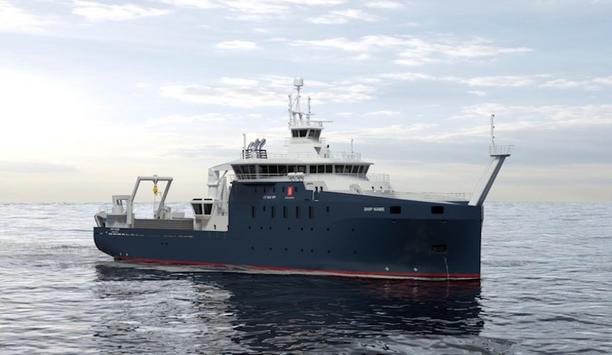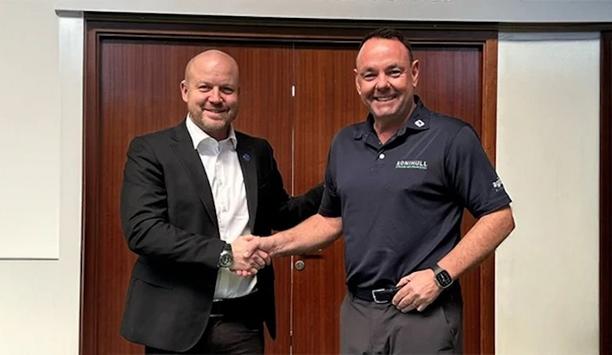In July 2023, at MEPC 80, the IMO adopted the '2023 Strategy on the Reduction of GHG Emissions from Ships'. This strategy targets the adoption of near-zero GHG fuels by 2030. A pivotal factor in this transition is choosing the right coating for fuel tanks — it ensures longevity and maintains the tank's optimal condition.
Shipping companies invest a significant amount of consideration into the choice of coating systems for their vessel's fuel tank interiors. A failure in this coating can halt vessel operations, leading to consequential financial impacts.
Dealing with alternative fuels
What solutions does AkzoNobel offer for alternative fuels?
Two critical factors come into play when dealing with alternative fuels: Such fuels can create aggressive environments in storage. This requires robust protective coating solutions for maintaining the integrity and longevity of fuel tanks.
With alternative fuels often having lower energy density and being more expensive than traditional fuels, it's essential to use specialised underwater hull coatings to maximise efficiency. These coatings optimise hydrodynamics, leading to reduced fuel consumption, and counteracting the increased costs of alternative fuels.
AkzoNobel’s Intersleek® 1100SR
AkzoNobel provides solutions for challenges with coatings like the Intersleek® series
AkzoNobel provides solutions for these challenges with coatings like the Intersleek® and Interline® series. Interline® specifically designed to protect fuel tanks from aggressive environments caused by alternative fuels.
Furthermore, AkzoNobel’s Intersleek® 1100SR, an advanced underwater hull coating, incorporates patented Slime Release technology. This tackles microfouling, maintains performance across docking cycles, reduces drag, improves fuel efficiency, and cuts CO2 emissions by up to 9%.
Strategies to mitigate marine fuelling transition impacts
The International HullCare package by AkzoNobel aids operators in achieving significant CO2 emission and fuel cost reductions. It maintains smooth, clean hulls over a 10-year docking cycle, offering an advantage over typical five-year fouling control systems.
No matter if your goal is a 5-year, 7.5-year, or 10-year dry dock interval, International HullCare delivers.










